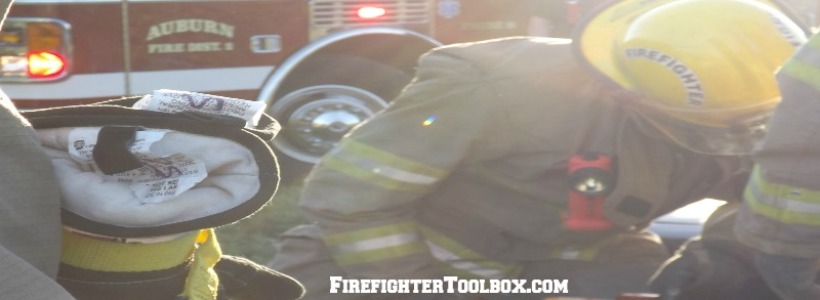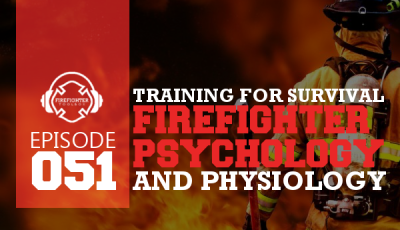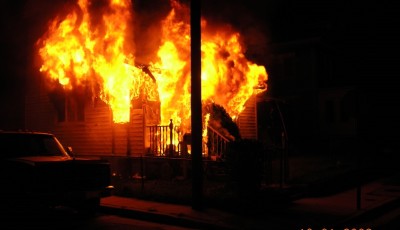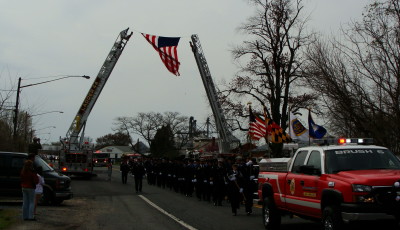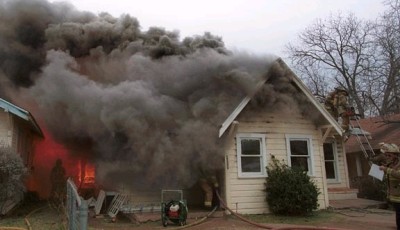How to Improve Operational Effeciency
Regardless of a department’s size or type, the training program for it is the cornerstone of both safety and operational efficiency. Just as how an individual’s success in training can be the difference between life and death, a department’s overall training program can affect its survival. Poor training can lead to increased costs in just about every area, not to mention significantly increase the possibility of firefighter injuries and fatalities.
As administrators, we often assume that the crew whom we provide training to will eventually utilize the training in their day-to-day operations. But there comes a time when we must ask not just ourselves but our crew, “Are we getting the best bang for our buck from our Training Program?” To help make your training program effective for your crew, here are a few methods you can adopt.
Cater Training to Actual Needs
Sometimes, the training needs of one station are not the needs of another. This is especially true for larger departments. For example, a station that covers warehouses and manufacturing facilities probably needs more training on those topics than a station that covers mostly residential areas. There is also a universal need for certain trainings; a necessity which should be reviewed and trained on at least once or multiple times a year.
Admittedly, writing a training schedule for each station on a department with multiple stations is far more labor-intensive for administrators. However, it does ultimately ensure that the crews that require specialized training get it to best serve the area they are responsible for.
Ask the Crew
The best source for information about what a crew needs for training is the crew itself. While this seems pretty self-evident, it’s often overlooked. A topic useful to the crew may actually need it delivered in a certain way, perhaps with a more hands-on approach in one portion and more in theory in another. The only way to get that information is by asking the crew itself.
Sometimes, crews do not realize their need for a specific training until they run a call where a specific set of skills are needed. Asking them what they need ensures they are getting what they need to do the job, which in the end, is helping the public and the department.
Mix It Up
In my entire career, I have probably taken or given classes on Fire Behavior at least 4-5 times yearly for what is now 17 continuous years. Having done this, nothing makes me cringe more than just sitting in a classroom, watching video after video and going through 4,575 PowerPoint slides. As instructors or company officers providing training, we have to learn how to mix it up!
Classes like Fire Behavior are what I consider common core classes that need to be taught every year, but teaching the same class the same way every year will burn out even the most eager of learners. Consider adding some live-burn training, in addition to the existing lectures. Making an interactive game covering the material is another good example. Perhaps you can even have a guest speaker discuss on a related subject. I personally know a few folks who would love to come deliver a class!
Improvement and innovation is a good thing and especially useful when it’s used to improve something as vitally important as training. So, use these methods to get your department to learn a lot more and perform better.
Photo Credit: Erik Wood

